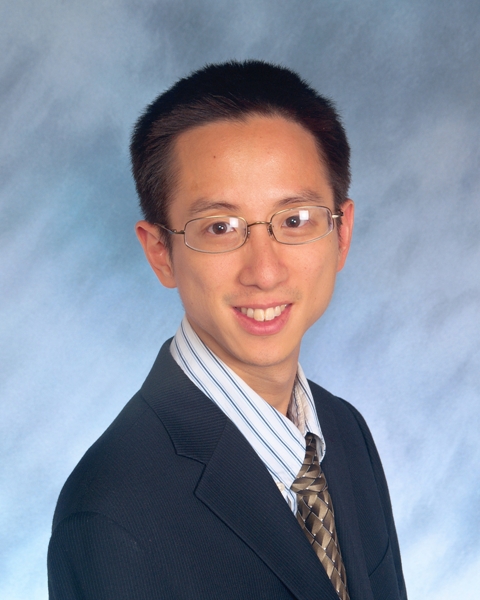Informal Lunchtime Atmospheric Chemistry Discussion Series
Presented by
Zoey Davis, Phd. Graduate Student
Chemistry Department
Tuesday, November 11, 2014 @ 12:00 pm - 1:00 pm
317 Petrie Science and Engineering Bldg.
York University
Description:
A four month exchange was undertaken at the Institut für Umweltphysik at Heidelberg University, Germany in order to learn more about and implement Differential Optical Absorption Spectroscopy (DOAS) analysis techniques on Multi-Axis DOAS (MAX-DOAS) measurements from the Alberta Oil Sands (AOS) and retrieve profiles of boundary layer aerosol extinction and trace gases from these measurements using an optimal estimation method. The scarcity of independent measurements of industrial air pollution emissions in the AOS limits our understanding of the impacts of the area’s industrial activity and the ability to make quality environmental management decisions. The dataset was collected during the 2013 Environment Canada AOS air quality campaign and represents the first retrievals of vertical profiles of SO2 and NO2 from MAX-DOAS measurements in the AOS. This talk will present improvements to our methodology for trace gas retrievals using DOAS analysis. The basic theory of the optimal estimation retrieval method and a case study from preliminary retrieval results will be presented. Potential methods for estimation of trace gas emissions from particular AOS facilities using the retrieved trace gas profiles will be discussed.

